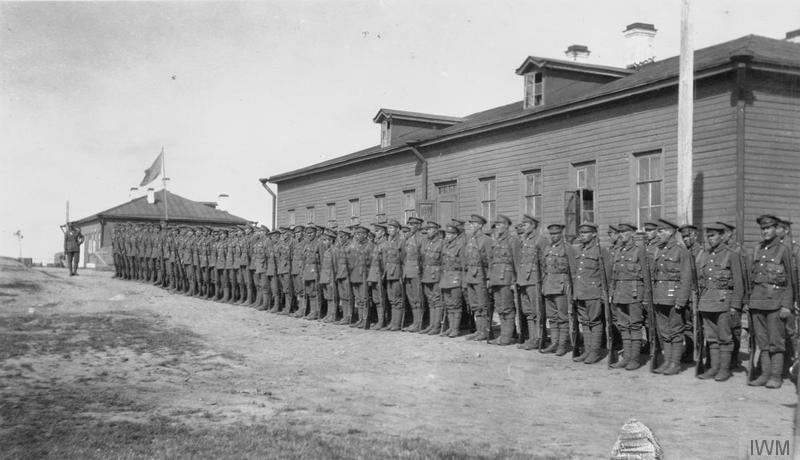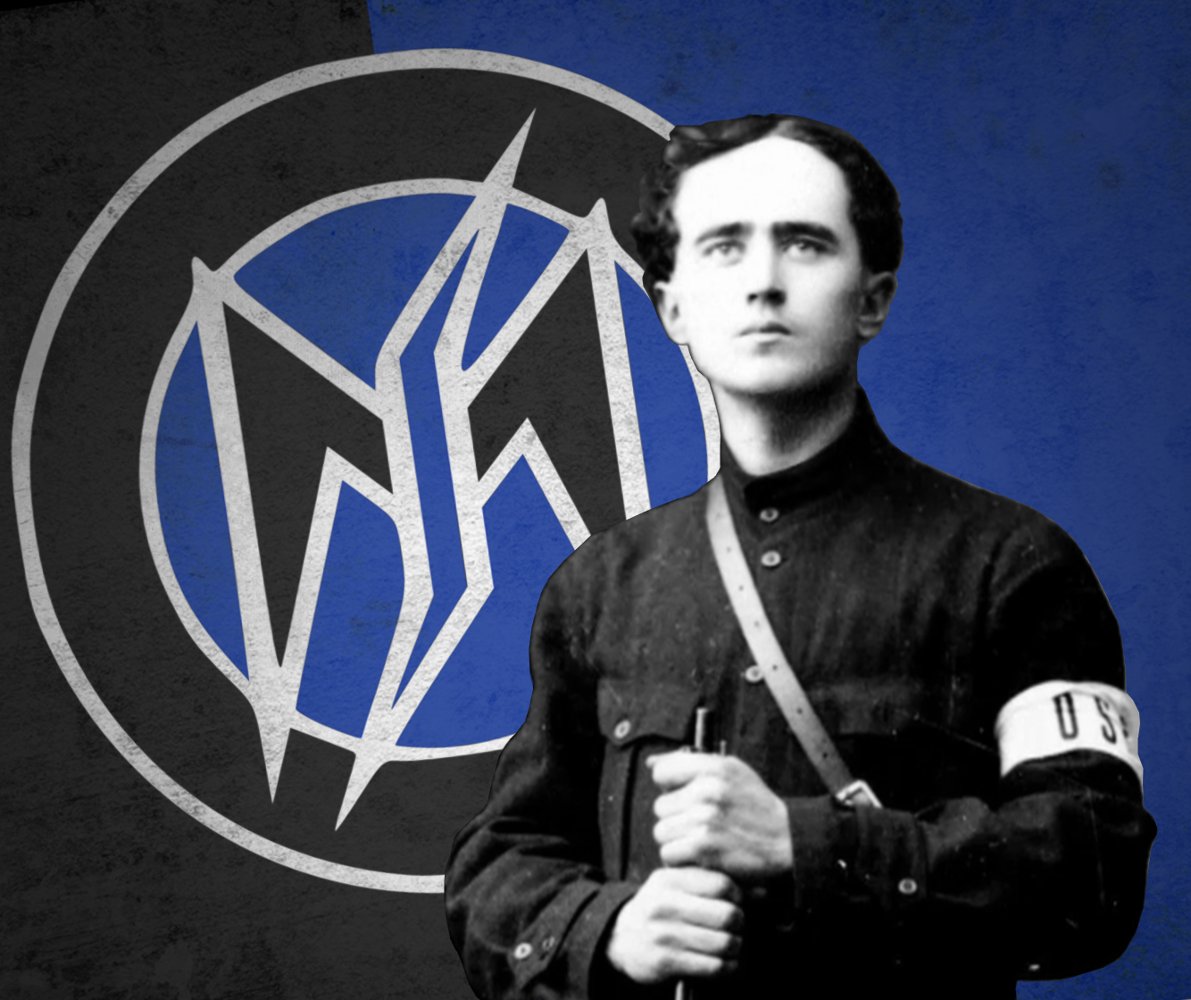
During the Finnish Civil war, the white army sent several volunteer expeditions to Karelia and to the Arctic sea, to secure the Eastern border and to create a greater Finland. Many Finnish Reds had retreated to Karelia, threatening to flank the White Army. 1/14 

At the same time, the British sent an expedition to Murmansk, because they believed the Germans would race to the Arctic Sea. They started to build an anti-German/anti-Finnish coalition from all the various troops in the region. 2/14 





In March, an expedition of 370 men under the command of Lt.Col. C.W.Malm left for Viena karelia. They brought with them extra 2000 rifles, because they believed the Karelian locals would meet them as liberators and join their ranks. 3/14 



Although the locals took them with open arms, only a few joined them. They told the Finns they had done enough fighting during the world war. The Finns also couldn’t win over the population with food because they were short on it themselves. 4/14 



The expedition reached Kemi, by the White Sea, but was repelled by the Bolsheviks. It now retreated to Uhtua. The morale of the troops decreased and many of them left for Finland. By July, the expedition had practically disbanded. 5/14 



During the Summer of 1918, the British organized a regiment of Karelian locals, equipped with British uniforms and weapons. Many Karelians fled the Finnish controlled areas and joined the British. 6/14 



Also in the Summer, Finnish diplomats tried to negotiate Karelia to themselves in a peace conference in Berlin, but to no avail. The Finnish government didn’t want to risk a direct war with the British so they decided to now only send a new volunteer expedition. 7/14
An expedition of 250 men was recruited. Because the recruitment was limited to men outside the conscription age, most of the volunteers were schoolboys. 8/14 

The expedition was led by Jaegers of Captain Toivo Kuisma, nicknamed “Napoleon” for his short height and leadership abilities. Kuismas goal was to keep the positions achieved by the previous expedition and to wait for reinforcements from Finland. 9/14 

Because there were no roads in Viena, travelling was slow and most of the equipment had to be carried by men or transported by the waterways. With the exception of maxim guns and few mortars, the expedition had no heavy weaponry. 10/14 

By Autumn, the British-led Karelian Regiment had grown to 400 men and began systematically destroying Finnish outposts. The Finnish troops were spread thin and had to retreat. By now the locals supported the Karelians over the Finns. 11/14 



The Finns retreated to the village of Vuokkiniemi, where they were surrounded on all sides by twice as many enemy troops. The Finns prepared defensive positions and let the enemy get near before opening devastating machine-gun fire on them. 12/14 

The Finns then flanked the enemy, causing a massive panic in their ranks. The enemy retreated, allowing the Finns to now make their way safely back to Finland. The battle of Vuokkiniemi had been the last victory of the failed expedition. 13/14 

The Finns had suffered a defeat because they had failed to win over the Karelians, who were superior in fighting in their home soil. The greater Geopolitical situation had resulted in a war between people who both believed they were fighting for Karelian freedom. 14/14 

Next time I will cover events that happened further North at the same time as the expedition to Viena.
• • •
Missing some Tweet in this thread? You can try to
force a refresh


























